15 People Share Hair-Raising Stories About Their Partners

No doors, no stopping. Who could’ve thought these 4 words perfectly describe ...an elevator? How d’you go out of the cabin if it never stops, d’you jump out of it? Welp, sort of. Meet paternoster also known as the paternoster lift — a highly questionable invention intended for making it comfortable to reach even the highest floors.
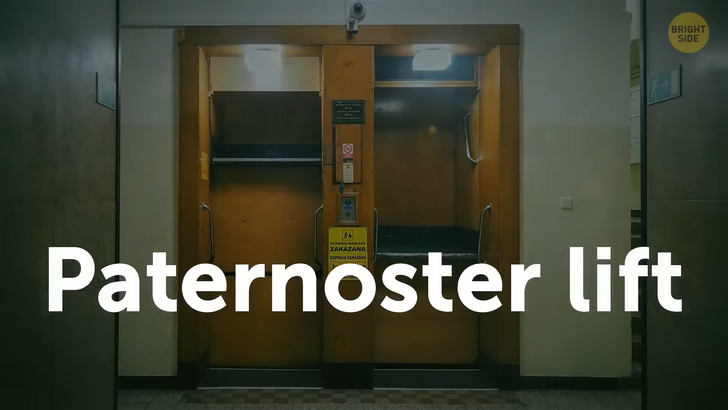
Disclaimer — if you were to use it, you’d opt for the stairs, trust me, no matter what floor you needed. This lift would move slowly in a loop. It went up and down and never stopped. No need to say it’s pretty dangerous. Here’s why in the 70s the construction of paternosters was stopped.
However, if you want to have a fun ride in such a lift, you need to head to Germany with about 230 examples left and the Czech Republic with about 68 lifts left. It’s quite a European thing — they were in Finland, Denmark, Belgium, Austria, and the UK, but there are actually almost zero records of them in the US. Some paternosters are giant — like the one in Liberec Regional Office in the Czech Republic. Built in 1971, it’s 186 feet high and features 35 wooden cabins.
One of the earliest mentions of surfing is dated 1590, and one of the first archaeological evidence of surfing shows its use around 200 CE. Nothing really changed in the surfing world until the 20th century. The first motorized surfboard ever was introduced back in 1935, and its purpose was to help the coast guard service. Another model of motorized surfboards appeared in 1948 and was considered to be an ideal platform to casually stand around, preferably in an elegant suit, as the old photos reveal. Motorized surfboards are still in use and got modernized, but still: surfboarding is about catching a wave, not chilling around.
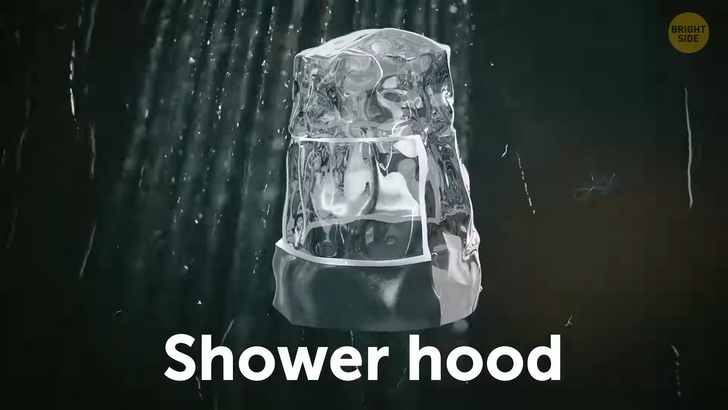
For those who like to do things their way, like putting on makeup and doing their hair before taking a shower, there’s a weird vintage invention too. Invented in 1970 in Germany, this innovative device called the “Shower hood” ... just kidding, the shower hood is not a revolutionary device, but a slightly modernized plastic bag advertised as something that you can put on your head so as not to ruin the makeup and the hairdo while having a shower. The shower hood was made of transparent oiled silk, which makes me wonder if the hair was still intact after contact with the hood, or it got greasy.
One of the main purposes was that it protected permanent waves both in the shower and on the beach (you heard it right, you could wear that bag on the head even on the beach). Still, that was pretty pointless — it’s not that permanent waves are hydrophobic — if it were so, nobody could wash their hair once they got their curls done. So, this hat could be an option for the first 2 days or so while someone’s waiting for the newly acquired curls to sort of stabilize.
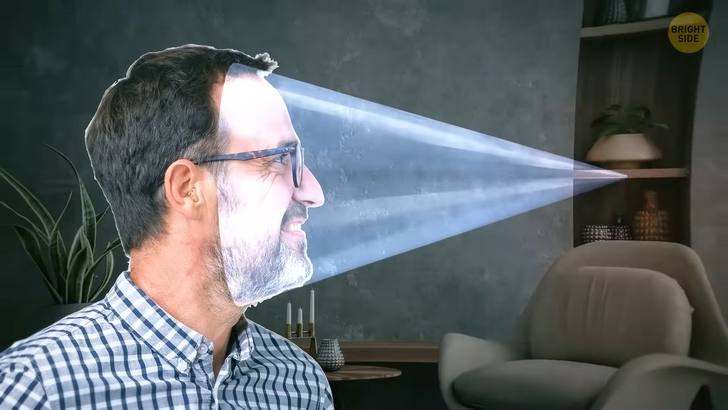
If the shower hood doesn’t sound crazy enough, here’s the face cone. It’s not the first beak-shaped mask in history, but it’s the first one that was designed to protect the face from blizzards. Ha ha. Invented in 1939 in Canada, the quaint device never gained popularity. I wonder if it fogged up just like glasses do, given the weather conditions in Canada... Seems like it’s the very reason nobody was a fan of this invention.
Want to scare your households? Then Hamblin glasses are exactly what you’re looking for! Welp, they were initially intended as something that can enable you to read while lying down on your bed without having to lift your arms. The trick is that they have mirrors inside, and you can see at a 45° angle. This invention will soon turn 90, as it was invented in 1936. And yep, these glasses still exist. The technology hasn’t changed, and it’s not something vintage that’s hard to find — you can even grab a pair of these terrifying glasses on Amazon. Nice stuff to spice up your Halloween costume!
Ok, this one looks cute and not that senseless. People had to be creative without having everything on their phones as we do now. This one is a grocery list from the past. They came in assorted sizes and languages — some were small enough to fit in a pocket, and others were larger and looked more like a memo board to hang on the wall in the kitchen. The only downside is that you have a limited amount of goods on the list. Look here, I don’t see any gummy bears! Hey, and what should I do if I forget to grab ’em?
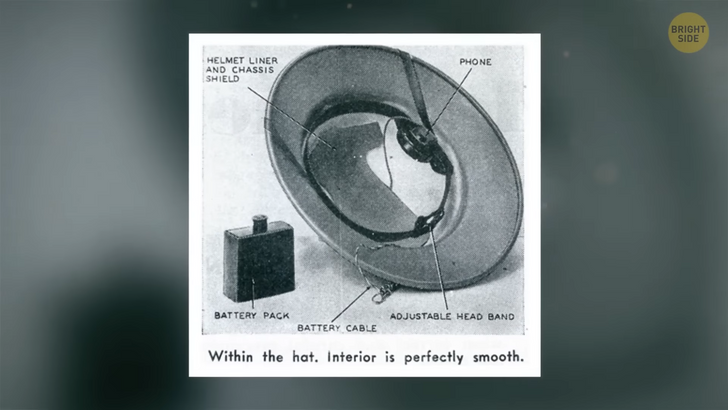
If you think you’re in the future because you’ve got those wireless headphones — sorry! — but you’re wrong. Wireless headphones are a thing of the past. The first prototype is believed to have been introduced to the public in the 1940s, so it’s definitely vintage. Yeah, it was somewhat different than what we’ve got today.
First, imagine a helmet. A headphone, a battery pack, and a battery cable. I’m not going to describe all the electric-scheme details of the invention, but there was something in common with legendary iPods. Remember that variety of bright colors the iPods had? Welp, the Radio Hat came in Lipstick Red, Canary Yellow, Turquoise, Chartreuse, Tangerine, Lavender, Blue, and Cerise for teenagers, and Tan, Green-Gray, Blue-Gray, and Gray for adults.
Yeah, the only thing the Radio Hat had in common with the iPod was the variety of colors. For the rest, it was bulky and quite uncomfortable despite the adjustable headband. Unsurprisingly, the product wasn’t a commercial success. Fun fact: even this was NOT the first radio hat ever. The first one was invented in 1931, and it was an ACTUAL straw hat with the portable radio fixed on it. Mmm, comfy!
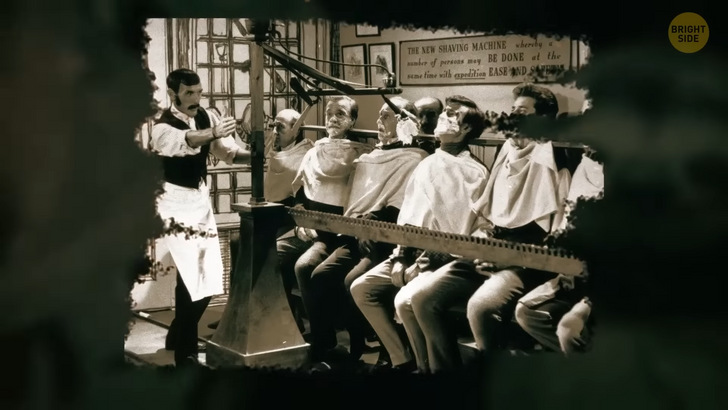
In the early 19th century, hipsters weren’t around yet, so mustaches and beards weren’t that popular. It was more socially acceptable for men to be well-shaven back then. People are lazy and time is precious, so shaving wasn’t easy to squeeze into any morning routine, especially without all those fancy accessories and cosmetics we have today.
Barbers were a good option, but they weren’t almighty and could only shave one client at a time. We all know that laziness is the engine of progress, and it’s the reason a group shaving machine was invented. Here’s what the device could do: 12 men (ideally, but it depended on the people’s features, sometimes there were fewer clients at a time) would sit in a row.
Step 1: the device applies foam to everyone’s faces. Step 2: here a large blade comes into play and trims the facial hair. All done! Downside 1: the same blade for everyone? Ugh, kind of gross, anyone heard of personal hygiene? Downside 2: the tool couldn’t alter its moves for different faces. Downside 3: uneven results and extremely high probability of, you know, cuts.

As if the mass shaving machine wasn’t enough, at the end of the 19th century, a toilet mask aka face glove was invented. Nope, it’s not meant for your toilet. First off: it looks eerie. Chances are, if you wear the Hamblin glasses and the Face Glove at the same time, you’ll get a leading role in some horror movie. The ad claimed it was a natural beautifier for bleaching and preserving skin and that it could even remove imperfections. The manufacturers also claimed it was soft and flexible, and you would have no discomfort while wearing it.
This weird invention got patented in 1875. The device was supposed to be strapped on a face overnight for at least three nights per week. The mask could be filled with different substances to treat your skin and its ultimate purpose was to make you sweat all night long. Lovely. Sure thing its purpose was to “beautify”, but those who wore that mask would eventually wake up feeling quite sticky.
You know what? These things STILL EXIST — and they cost a pretty penny. Yeah, they’re sort of advanced and stuff, but you know — keep a mask long enough, and it will come back in style. So, if you ever thought of grabbing such a beauty device, go check your great-grandmother’s attic, there might be a vintage face glove waiting for you. But make sure there’s not a face still in it! Yeah, that’s creepy.











